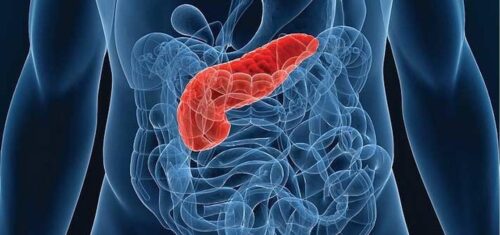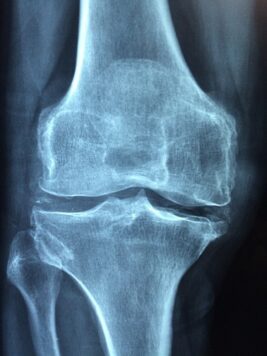Nanoindentation technology has proven to be an effective method to investigate the viscoelastic properties of biological cells. The experimental data obtained by nanoindentation are frequently interpreted by Hertz contact model. However, in order to validate Hertz contact model, some studies assume that cells have infinite thickness which does not necessarily represent the real situation. In this study, a rigorous contact model based upon linear elasticity is developed for the interpretation of indentation tests of flattened cells. The cell, normally bonded to the Petri dish, is initially treated as an elastic layer of finite thickness perfectly fixed to a rigid substrate. The theory of linear elasticity is utilized to solve this contact issue and then the solutions are extended to viscoelastic situation which is regarded as a good indicator for mechanical properties of biological cells. To test the present model, AFM-based creep test has been conducted on living human hepatocellular carcinoma cell (SMMC-7721 cell) and its fullerenol-treated counterpart. The results indicate that the present model could not only describe very well the creep behavior of SMMC-7721 cells, but also curb overestimation of the mechanical properties due to substrate effect.
0 items in your cart
Help center
Do you have any questions?
What would you like help with today? You can quickly take care of most things
here, or
connect with us when needed.
Can not find your answer? Please contact us
Send a question
Please try to describe your question as accurately as possible. The most
complete information will help us promptly respond to your message.
Question sent successfully
Thank you for contacting us, we will answer your question on example@gmail.com within 72 hours!








